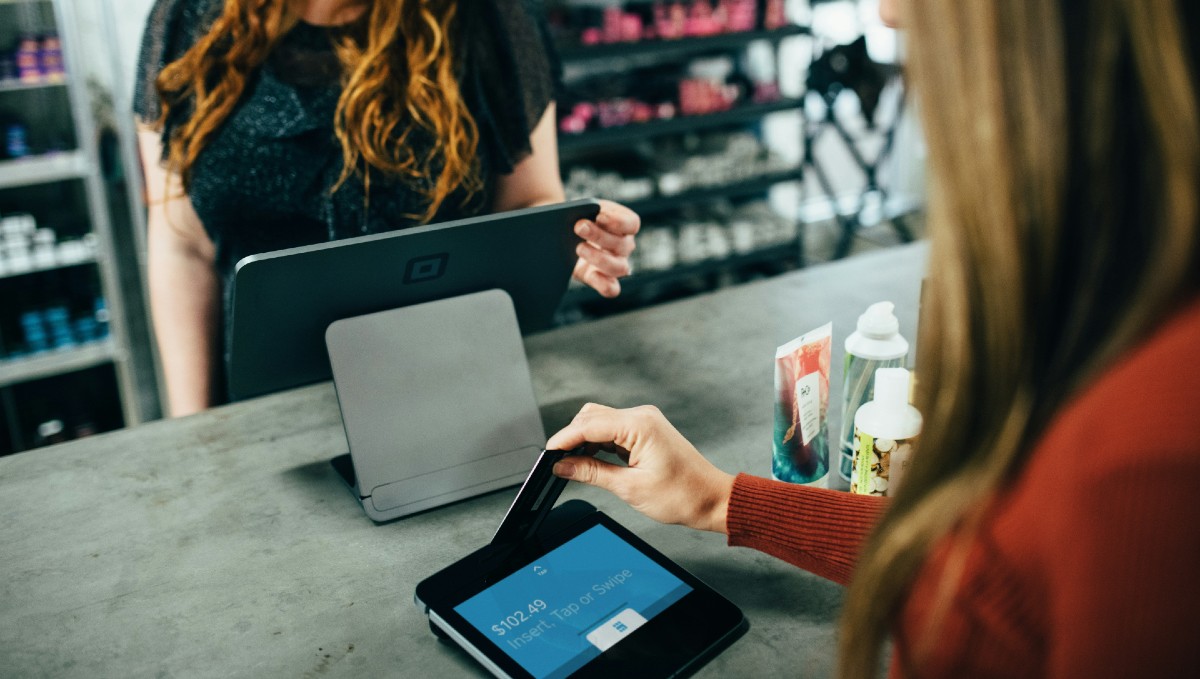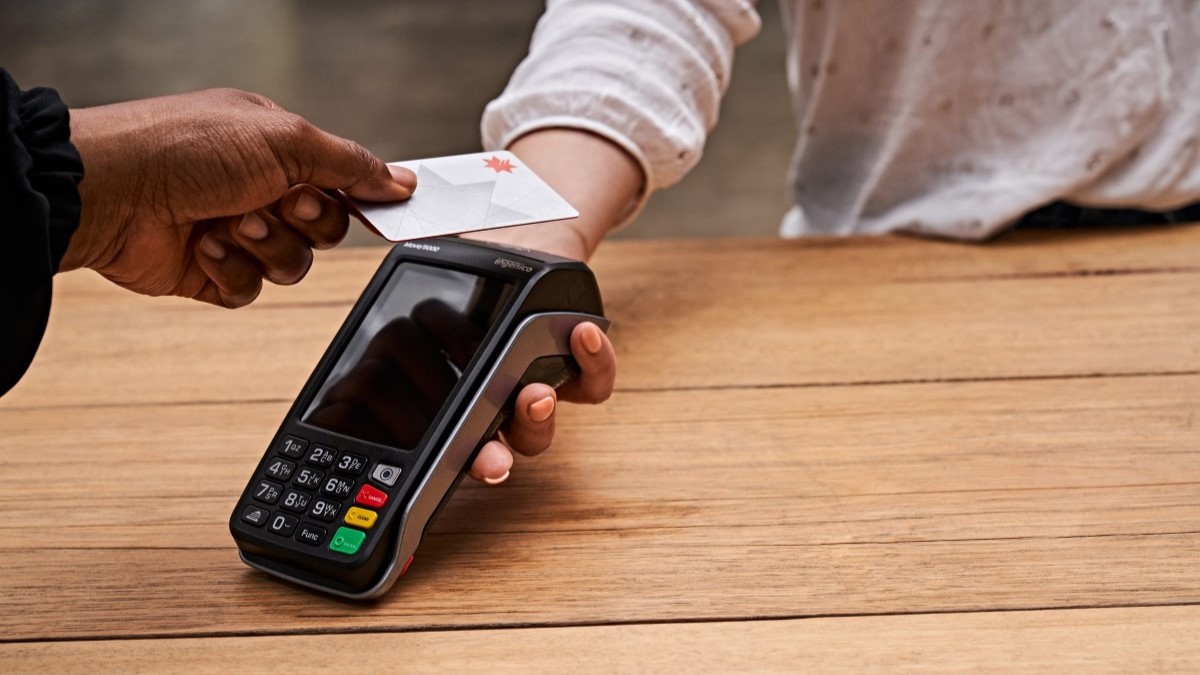But what should you do if you’ve racked up some serious debt?
Australia’s credit card debt
First of all, take heart in the fact you’re definitely not alone. Over a third of young households are over-indebted (meaning their debt is either three times their income, or 75% or more of the value of their assets) according to recent ABS figures.
A recent survey by Tribeca Financial found that 44% of Australians admitted to creating credit card debt with indiscriminate, everyday purchases like ordering takeaway.
Another survey by credit bureau Experian found that two in five Australians said they can’t meet their credit card repayments on time, while a Mortgage Choice survey found that 11% of respondents said they have not paid off their credit card in full for the last three months or more.
Whether it was a holiday, a spending spree or using credit to live beyond your means, the decisions you make with your credit card can have serious consequences. Here are some tips on how to get out of credit card debt… and stay out of it.
How to get rid of credit card debt
1. Pay more than the minimum repayments
Your credit card debt will never budge if you’re only making the bare minimum repayment every month. Credit lenders generally set the minimum repayment per month at around 2-3% of the balance. This means minimum repayments are mostly just paying off some of the interest, and barely making a dent in the balance. If it’s not possible for you to pay off the balance in full at the end of every month, at least aim to pay more than the minimum repayments to help you shrink your balance.
If you’ve got a bit of extra cash squirrelled away in your savings, you might just have to bite the bullet and put it towards getting rid of your debt. It might not seem like a great idea to pour all your savings into paying off your debt, but you always want to focus on clearing any bad debts you have first; then you can focus on building up a good savings stash.
If you get a tax refund, pay it straight into the debt.
2. Close each credit card account as you pay it off
Once you’ve paid off each credit card, why not remove it from your wallet?
As you clear the debt on each credit card, close the account by contacting the provider. If you don’t close the account properly, you might still have to pay fees – even if you don’t use the card anymore.
3. Lower your credit card limit
If you’ve got a history of regularly exceeding your credit card limit, you may want to consider lowering your credit card limit.
Setting a reasonable credit limit should allow you to keep your spending in control – ideally, it should be an amount you know you can easily repay within three months, and the limit shouldn’t tempt you to spend any more money than you should.
4. Consider consolidating your credit card debt
Balance transfer
Another option is to move your debts across to another credit card with a 0% balance transfer interest rate for a set period. To reap the maximum benefits of a balance transfer credit card, make sure you pay off the full balance transfer amount before the balance transfer promotional period ends.
To avoid any unwelcome surprises, check what interest rate will apply:
- After the balance transfer promotional period ends: Because you will pay this higher interest rate on any balance you transfer across but don’t pay off in time.
- On new purchases: As any purchases you make using your new credit card will generally attract a higher interest rate than the special balance transfer promotional rate.
Balance transfers can be an effective way to clear credit card debt (if used properly), but they’re a short-term solution to a far bigger problem, such as why you ended up in credit card debt in the first place.
Consolidating debts through a loan
If your credit card debts are too large to consolidate through a balance transfer (or you don’t think you’ll be able to pay it off before the end of the period), there are other products you can consolidate them with – such as through a personal loan or a home loan.
If you have credit card debts that are accruing high-interest charges, you may consider a debt consolidation personal loan. This type of personal loan moves your existing credit card debts into a new loan with a lower rate. This strategy can be effective because unlike credit cards, the repayments are fixed – you can’t simply pay the 2-3% minimum repayments every month.
You can also refinance your home loan to consolidate credit card debt. The debt will be added on to your current mortgage, but be wary that by stretching out short-term credit debts over a longer-term (e.g. the typical home loan period of 25 years) you could end up paying significantly more in interest.
5. Get help from a financial counsellor
If you’re really struggling to clear your credit card debt and can’t see that any of these options will work for you, you can contact your current provider and either ask for an extension on your current payments or apply for financial hardship provisions.
You can also phone the financial counselling hotline on 1800 009 007 for help.
Best way to pay off multiple credit cards
If you’ve got debt across multiple credit cards, consider either of the following strategies:
- Pay off the credit card with the highest interest rate first: In addition to making minimum repayments on all your credit cards, you could pay more on the card that has the highest interest rate, so you pay off the total amount on that card first. Then work your way through your other credit cards (often referred to as the ‘avalanche’ strategy).
- Pay off the credit card with the smallest debt first: In addition to making minimum repayments on all your credit cards, you could pay more on the credit card with the smallest debt, so you can pay off the total amount on that credit card first. Then work your way through your other credit cards in order of smallest debt to the biggest (often referred to as the ‘snowball’ strategy). The snowball method is favoured by Harvard researchers, who found that even though it makes more sense to pay down debts with the biggest interest rate first, it’s more motivating for people to see small balances disappear. “Focusing on paying down the account with the smallest balance tends to have the most powerful effect on people’s sense of progress – and therefore their motivation to continue paying down their debts,” said Harvard researcher Remi Trudel.
Paid off your credit card, now what?
Once you’ve cleared all that debt, the next step is to avoid undoing all your hard work by racking up another huge credit card balance.
1. Only spend money you have
The most effective way to stay out of credit card debt is to get rid of your credit card/s altogether. If you know you’re a problem spender, it doesn’t make sense to keep one or more credit cards around at all times.
Not having a credit card can have an instant impact on how you spend your money, and how much of it you spend. Available credit and available cash are not one and the same. It sounds obvious but it’s easy to get a bit carried away with spending when you know you can spend more than you have. When money is tight, using credit puts you into the negative. When you factor in interest, the monthly minimum payment on that card will only go up. If you rely on using credit cards every month, you’re losing wealth – not growing it.
Instead of using your debit card, carry cash. This is because it’s still easy to overspend with a debit card as you can’t physically see the amount you’re spending, but when you can physically see the amount you’re spending, you’re less likely to want to part with it.
Set aside what you’ll need for the week and only spend what you have. Once that cash runs out, that’s it for the week. It’s a tough habit to build but your future self will thank you for it.
2. Pay your balance in full every month
To stay out of credit card debt, you want to avoid the minimum repayment trap.
If you only pay off the minimum 2-3% each month, you risk adding a considerable amount of interest to your debt. If you can, pay off the total balance within the interest-free days and avoid being hit with interest. If you can’t afford to pay off the full amount, pay off as much as you can afford to so you’re not charged as much in interest. By only paying the minimum amount every month, it could take you years to pay off your debt because of compounding interest.
Automate your monthly credit card repayments by setting up a direct debit from your transaction account.
3. Build an emergency fund
A big reason people wind up with debt is not planning for emergencies like your car breaking down or getting sick – and then having to stick payments on their credit card to foot the bill.
Once you’ve cleared your credit card debt, focus on building up your savings and a rainy day fund.
4. Shop around
A recent ASIC study found that Australians would have saved $621 million in interest if they had shopped around for a credit card with less frills and a lower interest rate. A low rate credit card is ideal for problem spenders as they offer a low interest rate and flexible repayment conditions.
Before you take out any product, remember that a number of credit cards offer an introductory rate which can last anywhere from a few months to 18 months to make them more appealing. Make sure you understand when the introductory rate ends and what the new rate (revert rate) will be.
5. Limit the number of credit cards you have
More cards and higher limits will only tempt you to spend more, and that’s exactly what we’re trying to avoid here. Having too many credit cards increases the risk of spending more than you realise and your odds of missing a credit card repayment also rises, because there are so many cards to keep track of.
Limit yourself to just one or two credit cards.
Other credit card debt FAQs
Can I pay one credit card with another?
Paying off one credit card with another one is effectively a balance transfer. A balance transfer is the process of transferring credit card debt from one card to another, usually with a different credit card provider. You can find out more about balance transfers here.
How much credit card debt is ok?
Ideally, zero credit card debt is best however, a good rule of thumb to follow is to ensure your credit card debt doesn’t exceed your monthly take home pay. If it goes beyond this, you could be in way over your head and should consider taking action or seeking financial help.
Why is it so hard to get out of debt?
Credit card debt is notoriously difficult to get out of because of the extremely high interest rates charged. Credit cards can charge interest rates as high as 20% and if you only make the minimum monthly repayments, this high interest keeps accruing on your remaining balance, leaving you with a higher debt than what you started with.
Savings.com.au’s two cents
Unlike trolls on the Internet, credit card debt doesn’t go away when you ignore it. Inheritances from a long-lost rich Grandma aside, there’s no quick fix either. But there are ways to tackle your credit card debt and pay it off.
Once you have paid it off, make sure you understand what made you get into debt in the first place. Whether it’s a case of overspending, unexpected bills, or a drop in income, it’s important to take steps to make sure you don’t take another ride on the credit card debt merry-go-round again.
Living within your means, managing your money, and building an emergency savings stash are the keys to a debt-free life.
Article first published July 25, 2019. Updated December 1, 2020.



 Harrison Astbury
Harrison Astbury
 Denise Raward
Denise Raward